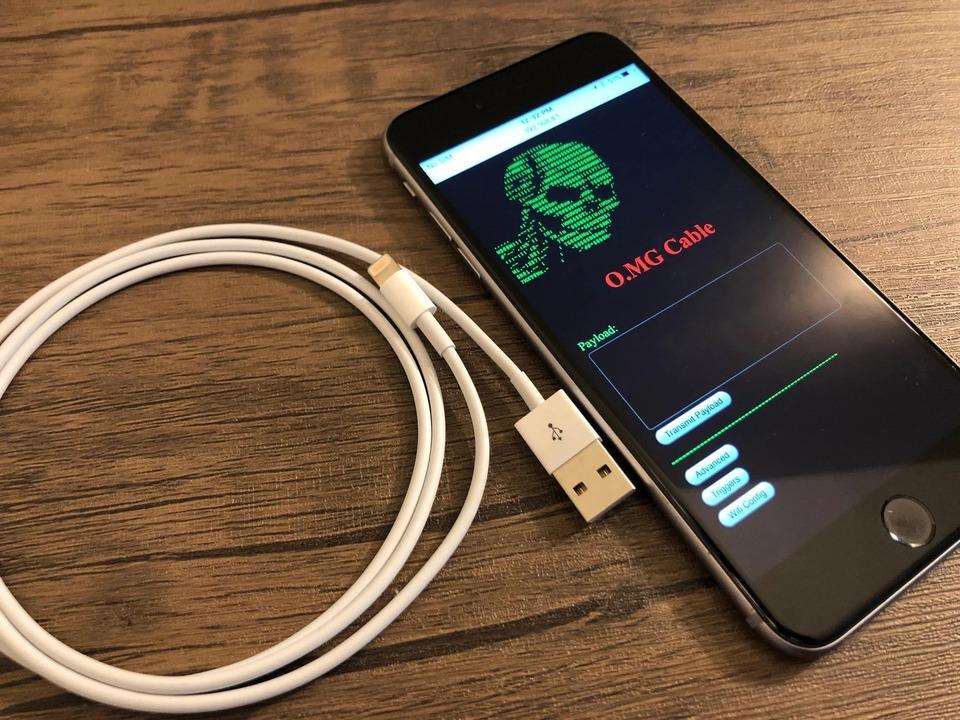A Lightning cable that can send iPhone keyboard input to hackers and steal passwords etc.
It is reported that an "OMG cable" has been developed that looks like a normal Lightning cable, but can also steal data such as passwords from Macs and iPhones and send it to hackers.
This OMG cable is the latest version of a product developed by a security researcher named "MG" and mass produced and sold by a company called Hak5. This product behaves exactly like a regular Lightning to USB cable, and at first glance you will not notice any strange behavior.
But it actually has a chip inside that can record input from a connected Mac, iPad, or iPhone keyboard and send that data to hackers more than a mile away. matter. You can create a Wi-Fi hotspot that hackers can connect to and record keystrokes using a simple web app.

The cable also has a geo-fencing function (a mechanism that creates a virtual fence based on location information), which allows users (hackers) to start or block data transmission based on the location information of the device, and other devices It is also possible to prevent key input from leaking. It is also reported to have functions such as changing the keyboard mapping and forging the ID of USB devices.
Since the chip inside is small and the cable side is physically the same size as the real thing, it is extremely difficult to see through. The chip fits in about half of the plastic shell that covers the USB-C connector (it's very small and doesn't interfere with the outside world), so the cable can be used normally, making it even more difficult to spot. You can see how small it is in the radiograph below.
This cable comes in various versions, from Lightning to USB-B to USB-C, and can be used for more than just Apple products -- meaning Android devices and Windows PCs can also be exposed to data breaches. gender is shown.
Recently, the number of wireless keyboards with Bluetooth connection is increasing, but the popularity of Lightning wired keyboards, which can be connected easily and stably, is still strong. Users who love such products may find it safer to put away their iPhone and keyboard when they leave their desks.
Source: Motherboard
via: MacRumors








